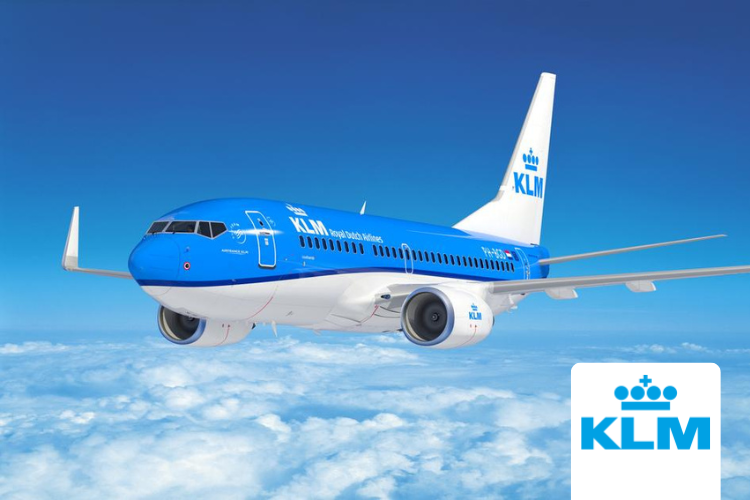Customer Data Platform Case Study
How Transavia Increased Load Factor and Decreased Ad Spend

The Airlines CDP Use Case for Transavia
50%
Reduction of marketing spend on display retargeting
The Challenge: MAXIMIZING MARKETING EFFICIENCY ACROSS ALL CHANNELS
The Transavia marketing team's goal was to optimize media spend on display retargeting ads and free up budget for new advertising possibilities. More specifically, they wanted to reduce their current display retargeting costs by at least 15-20%.
With a limited display budget and ambitious revenue targets, they knew it was time to get smarter and more creative about the way they advertise.
Their second challenge was to increase load factor without negatively affecting their margin — a KPI that is under constant pressure in a low-cost market.
That meant finding a way to push underperforming flights harder, while simultaneously easing up on ads for flights that were already doing well. Their main technical challenge was establishing a real-time connection between their legacy revenue system and their marketing channels.
The Solution: Optimizing media spend and maximizing load factor
To tackle the first challenge, Transavia first connected behavioral data from their website with their display networks (DoubleClick and AppNexus). The Relay42 platform then made it possible to segment website visitors into 9 experimental groups and activate each of them with individual retargeting sub-strategies based on different bidding and frequency cap rules.
For their second goal, Transavia’s marketing team began by integrating the Relay42 platform with their legacy revenue management system. This system uses vast quantities of data (historical booking data, current events, weather, etc.) to adjust ticket prices based on what’s going on in the world.
It also plots every flight on a curve to show whether it is over-performing or under-performing. Using the data and the curve, Transavia is now able to set up triggers to show fewer or no display ads for flights that are above the curve, and to use that saved budget to push harder on under-performing flights.

Driving Marketing Growth Value for Inspiring Brands

+115% Conversion Rate Uplift on Brand Search
Levi's Strauss & Co.

+25% In revenue via email marketing
KLM Royal Dutch Airlines
.png?width=750&height=500&name=Untitled%20design%20(28).png)
+272.75% Increase in the number of vacancy alerts
Randstad
.png?width=750&height=500&name=Untitled%20design%20(25).png)
+86% Increase in leads
Vattenfall
.png?width=750&height=500&name=Untitled%20design%20(27).png)
+90% Increase in requests for information
Mazda Netherlands
See Relay42 in Action
Experience a first-hand tour of the Relay42 Customer Data Platform with one of our consultants

